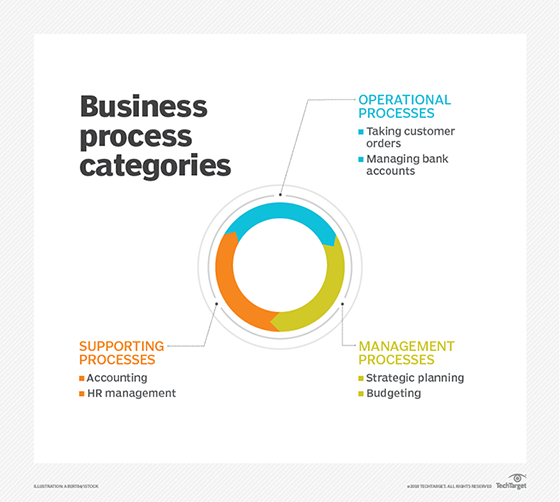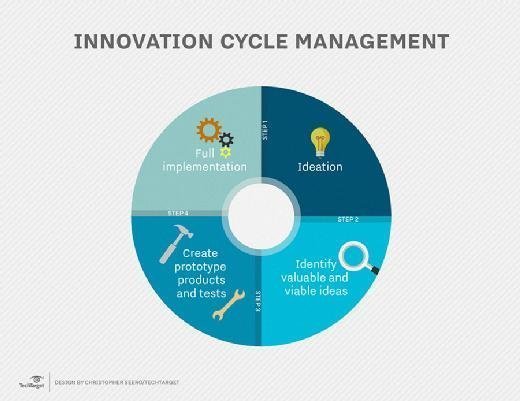IT innovation
What is IT innovation?
Information technology (IT) innovation in an enterprise involves using technology in new ways to create a more efficient organization and improve alignment between technology initiatives and business goals.
IT innovation can take many forms. For instance, it can turn business processes into automated IT functions, develop applications that open new markets, or implement desktop virtualization to increase manageability and cut hardware costs.
IT innovation in the enterprise
Many companies, including startups, try to institutionalize the process of innovation by creating innovation teams from diverse segments of the company. This is commonly termed innovation management.
It ensures sustainable, long-term growth of innovation capability. Other firms rely on individual employees to flourish in an environment where innovation is encouraged.
Some CIOs and other senior IT executives of leading companies are finding that they are increasingly spending more time on developing and fostering IT innovation.
Innovative companies such as Apple, Amazon and LinkedIn have grown due to their strong emphasis on using innovative strategies for solving existing problems.
Many argue that innovation has become a buzzword whereby no one knows what innovation means. As IT innovation can be challenging to measure, many companies equate IT innovation with the return on investment (ROI) of IT spending.

Types of IT innovation
IT innovation can be used to support a variety of enterprise needs including product, process, or business model development or improvement.
- Product development: developing new and innovative products or innovating existing products.
- Process improvement: developing new processes and solutions for existing problems.
- Business model innovation: developing new business models using the latest technology, partnerships or innovative ideas.
The benefits of IT innovation
Some of the expected benefits of IT innovation are outlined below.
Increased competitive advantage
IT innovation, by its nature, creates a greater competitive advantage for businesses as its aim is to solve problems and develop new products that are not available in the market.
Reduced costs
IT innovation also typically brings with it new ways that businesses can automate and simplify processes, leading to reduced operational costs for those that utilize it, and a better value proposition for those that provide it.
Increased customer satisfaction
IT innovation can lead to the development of new customer service channels and improved engagement with customers. This can result in increased customer satisfaction and loyalty.
Optimization of business processes
IT innovation can help businesses to optimize their internal processes and workflows, leading to increased efficiency and productivity.
Continuous improvement
Finally, IT innovation provides a path for a company to continuously improve through the development of innovative products that resolve roadblocks for organizations and provide more value.

The challenges of IT innovation
Unfortunately, there are also some challenges inherent to IT innovation that must be considered.
Risk of implementation failure
As with any new endeavor, there is always a risk of implementation failure. This means that the investment in time and resources may not result in the desired outcome. This could be due to poor adoption or lack of monitoring.
Lack of visibility
It can be difficult to measure the success of IT innovation initiatives, especially in the early stages. Without concrete key performance indicators (KPIs) and measurement, it can be difficult to justify continued investment in these types of initiatives.

Resistance to change
Many times, employees are resistant to change, even when it is for the betterment of the company. Implementing IT innovation can be difficult if those affected by it do not buy into the new way of doing things.
In order to overcome these challenges and maximize the benefits of IT innovation, companies must ensure that they have a clear vision for their IT innovation initiatives and the ability to measure their success.
Furthermore, executive support is essential in order to ensure that employees are on board with the changes and that resources are made available to see the project through. With careful planning and execution, businesses can realize the many benefits of IT innovation.
See also: skunkworks, business innovation, process innovation, innovation culture, bimodal IT, embedded IT, digital transformation.







